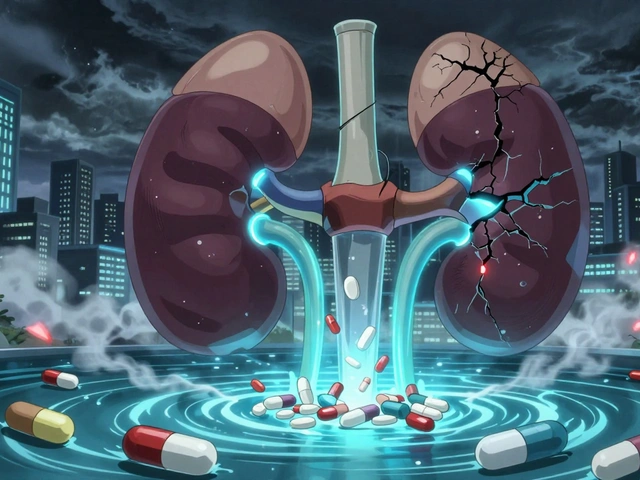Eye Cancer: Signs, Diagnosis, and Treatment Options
Eye cancer isn’t just one disease. It can start in different parts of the eye — the uvea (ocular melanoma) or the retina in kids (retinoblastoma) are the most common. Knowing the signs early makes a big difference for treatment and vision, so pay attention if something feels off.
Common warning signs include a dark spot on the iris, flashes or floaters, blurred vision, a growing lump inside the eye, or a change in the color of the iris. Kids with retinoblastoma might have a white glow in photos, a crossed or misaligned eye, or poor vision. If you notice any of these, book an eye exam right away. Don’t wait for pain — many eye cancers don’t hurt at first.
How doctors check for eye cancer
An eye specialist starts with a full eye exam and dilated pupil check. They may use ultrasound, optical coherence tomography (OCT), fluorescein angiography, or MRI to see the tumor clearly and check if it spread. A biopsy is sometimes done but often avoided because imaging usually gives the needed info.
Treatment choices and what to expect
Treatment depends on tumor type, size, and location. Small ocular melanomas might be treated with regular monitoring or radiation (plaque brachytherapy). Larger tumors may need surgery — either removing the tumor or, in severe cases, the whole eye. For retinoblastoma, doctors use a mix of chemotherapy, localized treatments (like laser or cryotherapy), and sometimes enucleation (removing the eye) to protect the child’s life and, when possible, some vision.
Radiation targets the tumor while sparing healthy tissue, and newer techniques have made it more precise. If the cancer has spread, systemic treatments such as chemotherapy, immunotherapy, or targeted drugs may be used. Your team will discuss risks and likely outcomes — vision loss is a real risk, but saving life is the priority. Rehabilitation and prosthetic eyes are available if the eye must be removed.
Questions to ask your doctor: What type of eye cancer do I have? What are the treatment goals — cure, control, or vision preservation? What side effects should I expect? Can I get a second opinion or talk to a specialist in ocular oncology? Take notes or bring someone with you; these decisions are easier with a clear head and support.
Follow-up matters. Regular checkups catch recurrences early and monitor vision. If you’ve had eye cancer, tell any new doctor about your history — spread can sometimes show up in the liver or nearby tissues years later.
If you’re worried about symptoms or trying to understand treatment options, reach out to an eye specialist or an ocular oncology center. Early detection gives the best chance to keep both your life and your sight.
Support and resources matter. Low-vision rehab can help you adapt, and prosthetic clinics offer cosmetic options after surgery. Families of kids with retinoblastoma should ask about genetic testing and family screening. Also ask your team if any clinical trials are available — new drugs and targeted therapies are under study.




